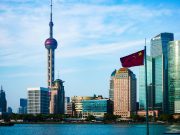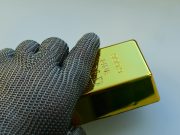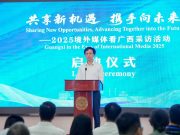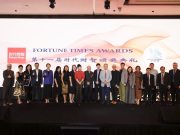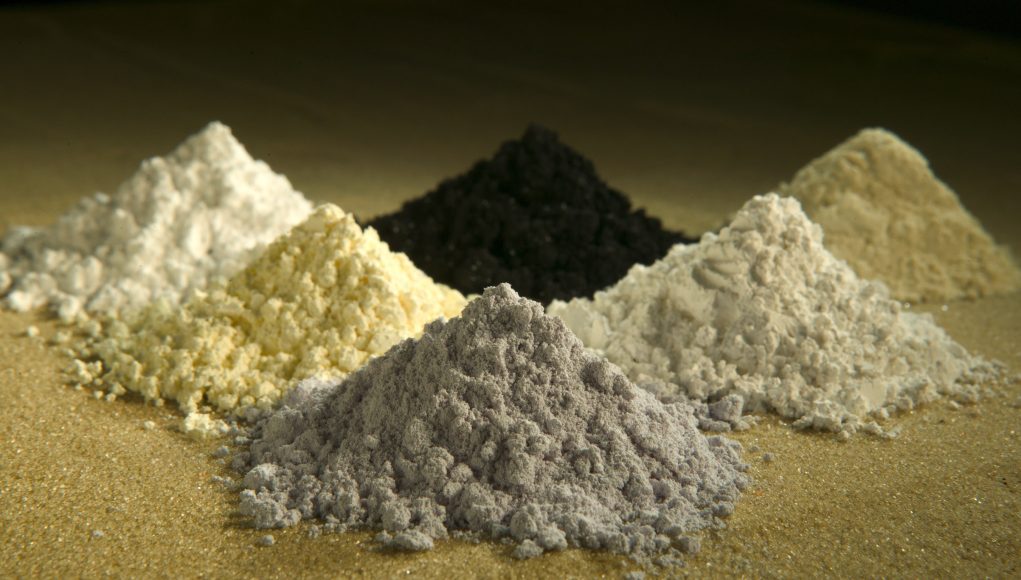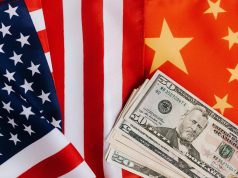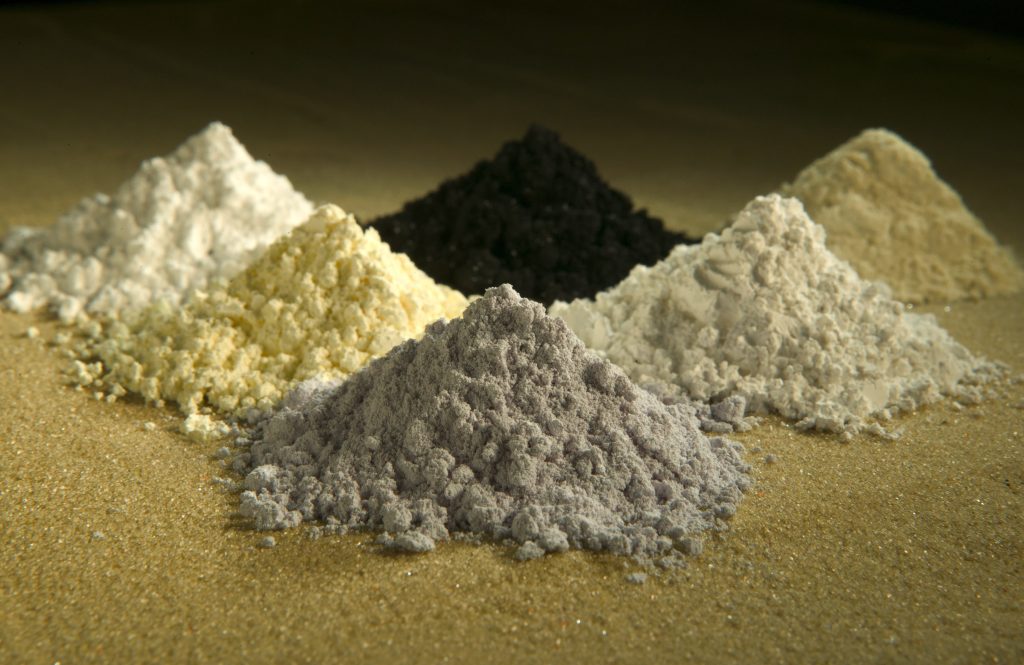
(Singapore, 10.10.2025)Beijing widens control over critical minerals and technology, raising stakes in trade talks with Washington.
China has unveiled sweeping new export restrictions on rare earth elements and related technologies, tightening its hold on materials vital to the global technology and defense industries. The move comes just weeks before U.S. President Donald Trump and Chinese President Xi Jinping are set to meet in South Korea for high-stakes trade negotiations.
The Ministry of Commerce announced on Thursday that five more rare earth elements — holmium, erbium, thulium, europium and ytterbium — will be added to its controlled export list. The new rules also introduce additional scrutiny for exports connected to advanced semiconductor and defense applications.
Under the revised regulations, foreign companies that use Chinese rare earth materials or refining equipment will now be required to obtain Chinese export licenses — even if no Chinese entity is directly involved in their transactions. The rules, which mirror U.S. export restrictions on chip-related technology to China, will take effect in two phases beginning November 8 and December 1.
The ministry cited national security concerns as the primary reason for the expanded controls, saying the measures aim to “safeguard national interests and ensure the sustainable development” of the rare earth industry. It also pledged to introduce “licensing facilitation measures” to mitigate potential disruptions to global supply chains.
Rare earth dominance
China remains the world’s leading supplier of rare earths — a group of 17 minerals that are essential components in products such as electric vehicles, wind turbines, smartphones, aircraft engines and precision-guided missiles. The country accounts for more than 90% of the world’s processed rare earths and magnets, giving Beijing significant leverage over the global supply chain.
“Beijing’s latest move increases its bargaining power ahead of the Trump–Xi summit,” said Tim Zhang, founder of Singapore-based Edge Research. “It signals that China is ready to use its dominance in critical materials as a geopolitical tool.”
The expanded controls build on restrictions first introduced in April that briefly triggered global shortages. Although subsequent deals with the United States and Europe helped ease those concerns, analysts warn that the latest measures could again unsettle industries dependent on Chinese materials.
Semiconductor and defense focus
Under the new framework, export applications related to advanced semiconductor manufacturing will be reviewed on a case-by-case basis. The rules cover chips of 14 nanometers or smaller, memory chips with 256 layers or more, and related research and equipment. Exports to overseas defense users will not be approved.
The ministry also said exports supporting artificial intelligence research with potential military applications would face heightened scrutiny. The measures appear to target defense industries and chipmakers in the United States and its allies, many of which are already facing growing export restrictions from Washington.
The latest move follows the U.S. decision to expand sanctions on a wider range of Chinese technology companies. In response, Beijing last week added several foreign defense contractors — including Britain’s BAE Systems — to its “unreliable entity list,” citing national security concerns. The tit-for-tat actions highlight the deepening technological rivalry between the two powers.
A White House official told Reuters that U.S. agencies were “closely assessing” the potential impact of Beijing’s sudden announcement, calling it an effort to “exert control over global technology supply chains.”
Market reaction
Chinese rare earth stocks surged after the announcement. China Northern Rare Earth Group rose 10%, China Rare Earth Resources and Technology gained nearly 10%, and Shenghe Resources advanced 9.4%.
Shares of Western producers also climbed. U.S.-listed Critical Metals Corp jumped 17%, Energy Fuels gained 11%, and MP Materials and USA Rare Earth each rose about 6%. In Australia, Lynas Rare Earths added 6%, extending a 220% rally this year as investors bet on the creation of non-Chinese supply chains.
Wade Senti, president of U.S.-based Advanced Magnet Lab, said the restrictions could trigger new bottlenecks. “Anyone sourcing equipment or materials from China might face delays or service disruptions,” he said. “It’s what worries manufacturers the most.”
Strategic leverage ahead of talks
The timing of the announcement is widely seen as deliberate. Beijing and Washington are due to resume negotiations later this month in Seoul, with both sides seeking to stabilize trade relations after months of rising tariffs and export bans. Analysts say the new curbs are designed to strengthen China’s negotiating position.
“This raises the stakes and reminds Washington that China still holds leverage,” said Dylan Loh, an associate professor at Nanyang Technological University in Singapore. “Rare earths remain one of Beijing’s most powerful tools in trade diplomacy.”
Analysts also view the latest measures as part of China’s broader effort to assert “extraterritorial” control over global supply chains — extending its influence beyond its borders, much like the U.S. export rules targeting Chinese chipmakers. Still, enforcing these measures could prove challenging, given the accelerating push by the United States, Europe and Australia to diversify their rare earth sources.
“We’re likely entering a period of structural bifurcation,” said Neha Mukherjee, a rare earths analyst at Benchmark Mineral Intelligence. “China is localizing its value chain, while the U.S. and allies accelerate theirs.”
The new restrictions are set to take effect just as a 90-day trade truce between the two nations expires. While Beijing has stressed that the list of affected items is “limited,” the impact could ripple through industries reliant on rare earth magnets and high-end semiconductors.
For now, governments and investors are bracing for potential supply disruptions — and watching closely for the next move in an increasingly complex global technology standoff.






